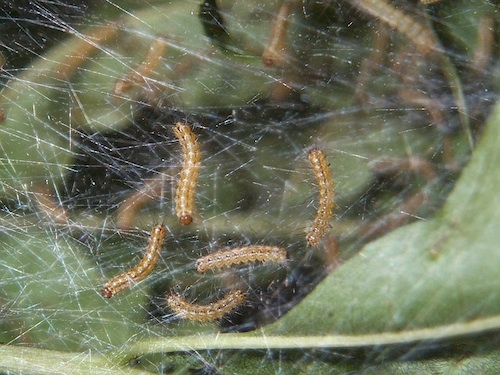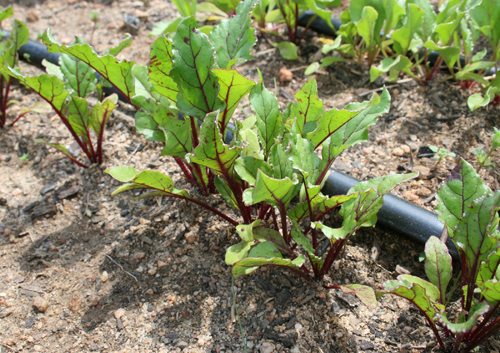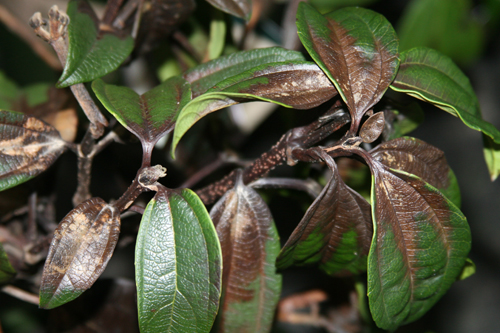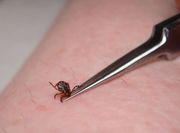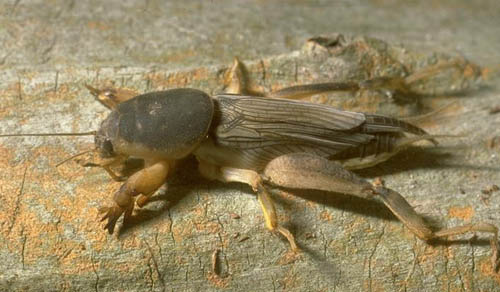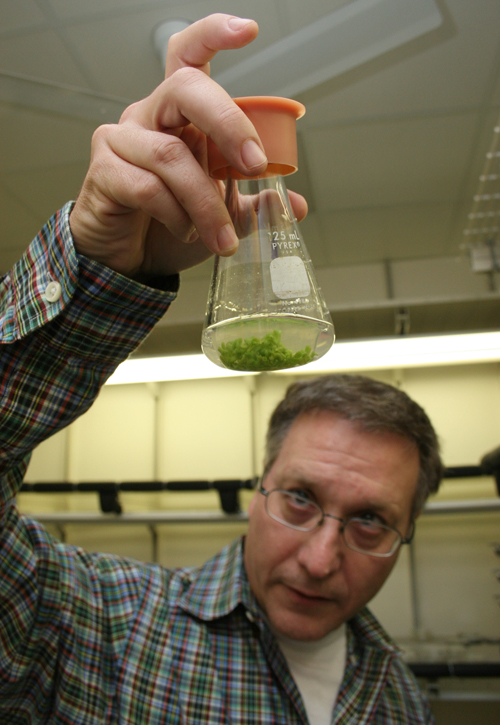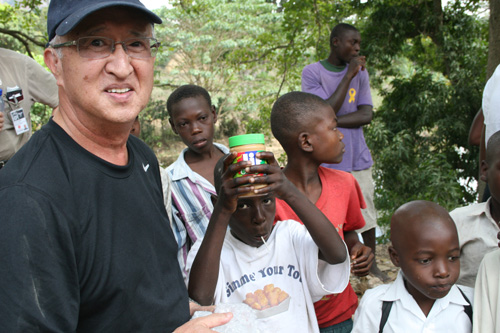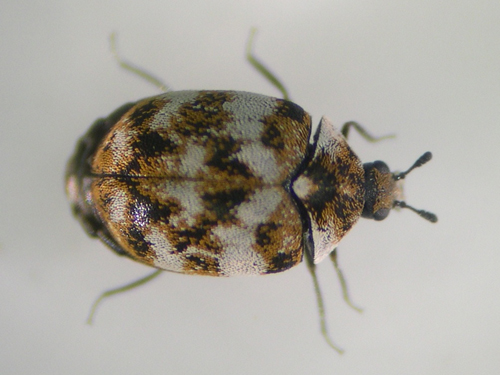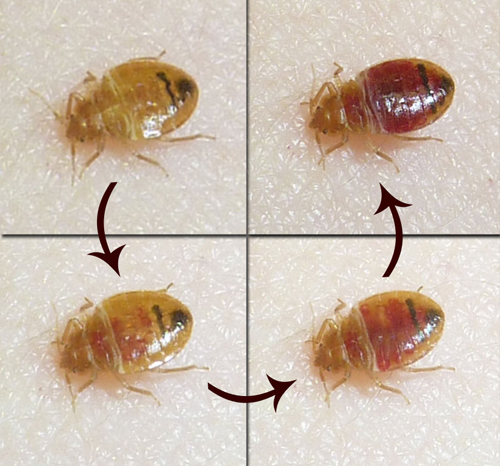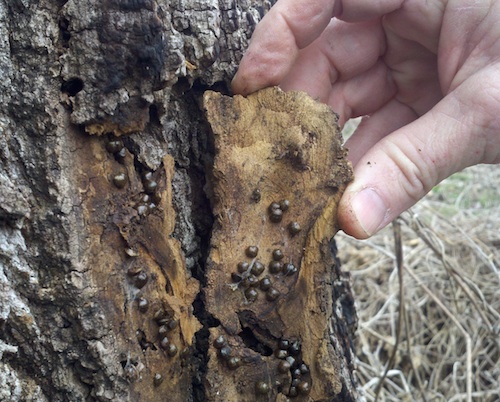 CAES News
CAES News
Kudzu bug multiplies and spreads
Almost two years ago, a tiny immigrant pest arrived in Georgia, and there’s nothing the state’s immigration office can do to make it leave. The bean plataspid, or kudzu bug, munches on kudzu and soybeans and has now set up residence in four Southern states.

